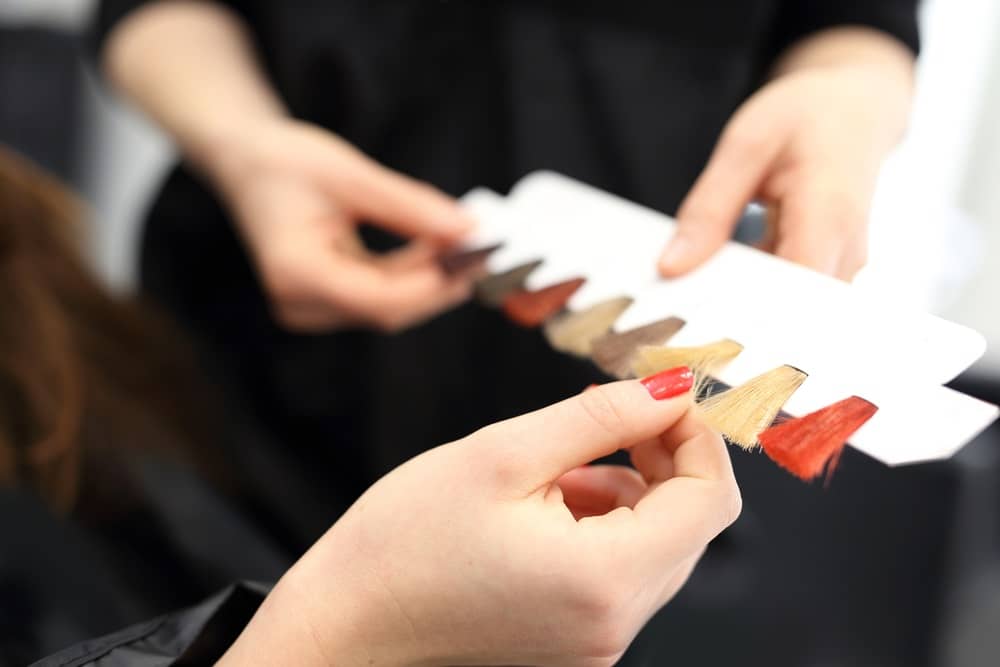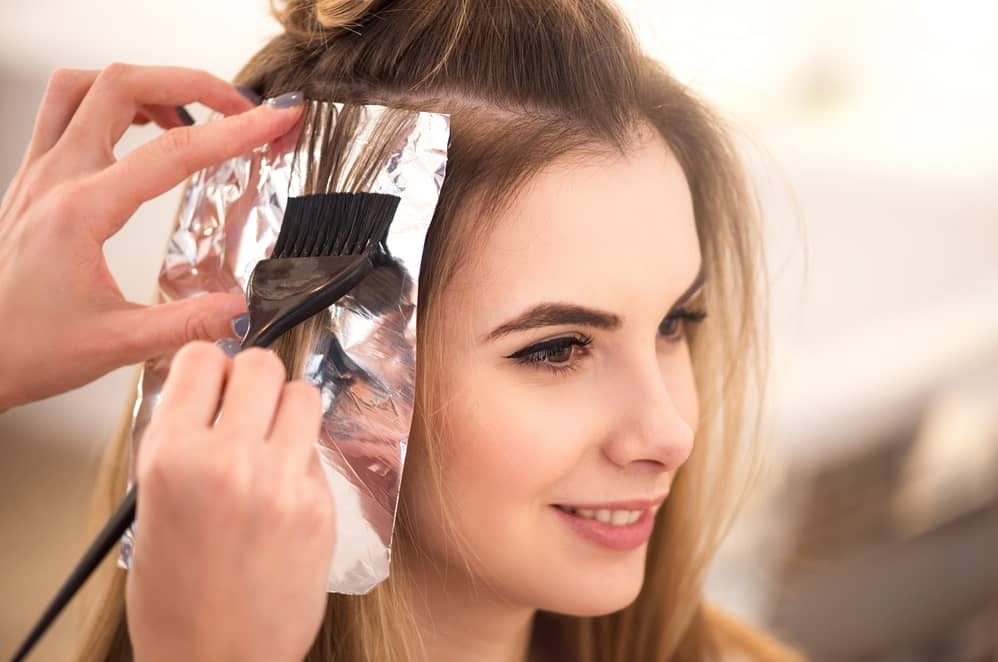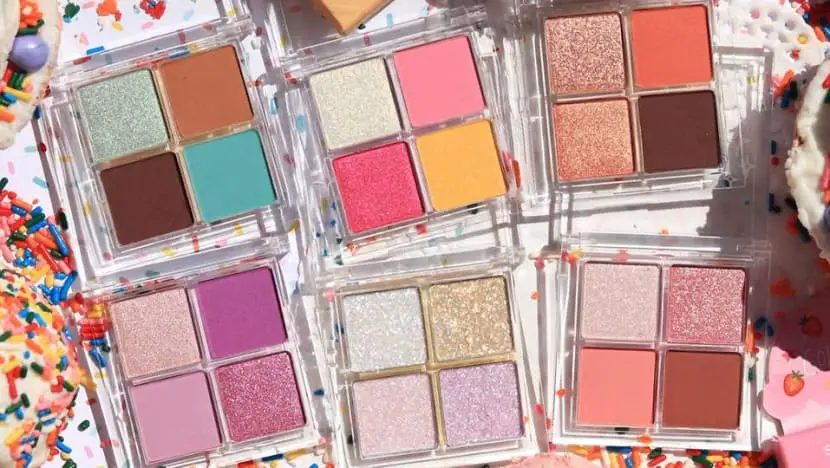Facial hair is as diverse as the men who sport it, and sometimes, this diversity extends to color. While many men have beards that are a shade of brown, black, or gray, some notice an intriguing red hue. If you’ve ever wondered why some beards turn red, you’re not alone. Here’s a deep dive into the factors behind those unexpected red tones.
Genetics: The Primary Player
The primary reason for a red beard lies in genetics. Just like the color of your hair or eyes, the color of your beard is largely determined by your genetic makeup. The pigment responsible for hair color is melanin, which comes in two forms: eumelanin (which gives hair shades of black and brown) and pheomelanin (which produces red and yellow hues).
In individuals with predominantly eumelanin-based hair, the presence of pheomelanin can result in red or ginger tones. This is especially true for men with a genetic predisposition for red hair. Even if your hair is normally dark, patches of red can appear due to variations in melanin distribution.
The Role of Recessive Genes
Red hair is often associated with a recessive gene, meaning you might have inherited the trait from one or both parents without it being evident in their own hair. If your family has a history of red-haired relatives, it’s possible that you carry these recessive genes. They might not affect the color of the hair on your head but can influence the color of your beard.
Aging and Color Changes
As men age, their hair can change color, including the beard. This can be due to a decrease in melanin production. Sometimes, this reduction doesn’t happen uniformly. A beard that was once a deep brown or black might show red or golden tones as the melanin levels fluctuate. This is a natural part of the aging process and can vary greatly from person to person.
Environmental Factors
Environmental factors can also play a role. Exposure to sun, pollution, and other environmental elements can impact the pigment in your beard. Over time, these factors might cause a change in color or highlight underlying tones, including reds.
Health and Diet
Though less common, changes in health or diet might influence hair color. Certain deficiencies or imbalances might cause changes in hair pigmentation. While it’s unlikely to be the sole reason for a red beard, overall health and nutritional status can play a part in the coloration of your facial hair.
Embracing the Unique
Regardless of the reason behind the red hue, it’s important to embrace it as a unique trait. A red beard can be a standout feature and an expression of your individuality. For those who wish to change or enhance their beard color, there are grooming products and dyes available. However, it’s always a good idea to consult with a professional before making any significant changes.
In conclusion, the red hue in a beard is a fascinating result of genetic factors, age, and sometimes environmental influences. Understanding these factors helps us appreciate the diversity and uniqueness of our facial hair. Whether you embrace it or enhance it, a red beard is a distinctive trait that adds character to your look.








